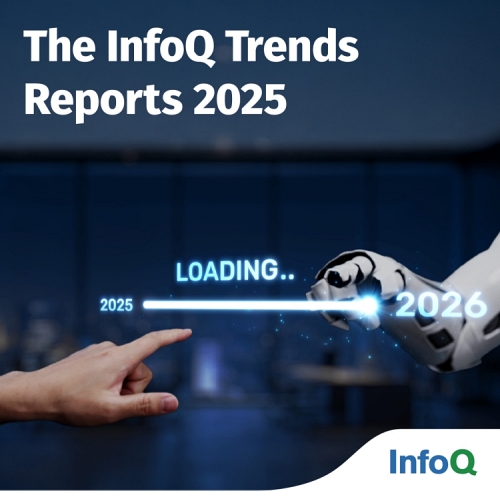Codetown
Codetown ::: a software developer's community
Wikipedia Place
Information
We've had a unique opportunity to speak with Brion Vibber recently at the October Orlandojug meeting. Let's discuss what we learned for those who couldn't attend and to expand on what we heard. We'll discuss technical and socio-cultural topics.
Members: 9
Latest Activity: Oct 27, 2011
About Wikipedia Place
Wikipedia is arguably the most popular and high volume site on the web. Brion Vibber has been the tech guy since the start. He described the initial architecture on Swampcast as just a couple of LAMP servers in Tampa. Since then the architecture has evolved and many lessons have been learned.
There are also workflow, ancillary sites, the community aspect and many other aspects of Wikipedia we can learn from and even influence in the future.
(book photo from FromOldBooks)
Discussion Forum
Wikipedia Architecture - High Level View
The Wikipedia website began as a couple of LAMP servers. Brion described the wiki he chose and other details in the…Continue
Tags: vibber, performance, LAMP, swampcast, architecture
Started by Michael Levin Nov 2, 2009.
Wikipedia Place Reading List
![]() Loading feed
Loading feed
Comment Wall
Comment
Notes
Welcome to Codetown!
 Codetown is a social network. It's got blogs, forums, groups, personal pages and more! You might think of Codetown as a funky camper van with lots of compartments for your stuff and a great multimedia system, too! Best of all, Codetown has room for all of your friends.
Codetown is a social network. It's got blogs, forums, groups, personal pages and more! You might think of Codetown as a funky camper van with lots of compartments for your stuff and a great multimedia system, too! Best of all, Codetown has room for all of your friends.
Created by Michael Levin Dec 18, 2008 at 6:56pm. Last updated by Michael Levin May 4, 2018.
Looking for Jobs or Staff?
Check out the Codetown Jobs group.
InfoQ Reading List
Inside the Development Workflow of Claude Code's Creator

Claude Code's creator Boris Cherny described how he uses it at Anthropic, highlighting practices such as running parallel instances, sharing learnings, automating prompting, and rigorously verifying results to compound productivity over time.
By Sergio De SimoneNVIDIA Releases Open Models, Datasets, and Tools Across AI, Robotics, and Autonomous Driving

NVIDIA has released a set of open models, datasets, and development tools covering language, agentic systems, robotics, autonomous driving, and biomedical research. The update expands several existing NVIDIA model families and makes accompanying training data and reference implementations available through GitHub, Hugging Face, and NVIDIA’s developer platforms.
By Robert KrzaczyńskiMongoBleed Vulnerability Allows Attackers to Read Data From MongoDB's Heap Memory

MongoDB recently patched CVE-2025-14847, a vulnerability affecting multiple supported and legacy MongoDB Server versions. According to the disclosure, the flaw can be exploited remotely by unauthenticated attackers with low complexity, potentially leading to the exfiltration of sensitive data and credentials.
By Renato LosioPresentation: Fast Eventual Consistency: Inside Corrosion, the Distributed System Powering Fly.io

Somtochi Onyekwere explains the architecture of Corrosion, a distributed system designed for low-latency state replication. She shares how Fly.io transitioned from Consul to a gossip-based SQLite solution to handle global machine data. By discussing CRDTs, the SWIM protocol, and QUIC, she shares how to build resilient systems that prioritize speed while managing the complexities of CAP theorem.
By Somtochi OnyekwereMini book: The InfoQ Trends Reports 2025 eMag

This special edition of The InfoQ eMag, contains a comprehensive collection of our popular InfoQ Trends Reports from 2025, a year with both evolution and revolution within the landscapes of technology, software development trends. This collection does not just reflect the past year's technological trends. We aspire to use it as a guide for future exploration and innovation.
By InfoQ
© 2026 Created by Michael Levin.
Powered by
![]()
You need to be a member of Wikipedia Place to add comments!